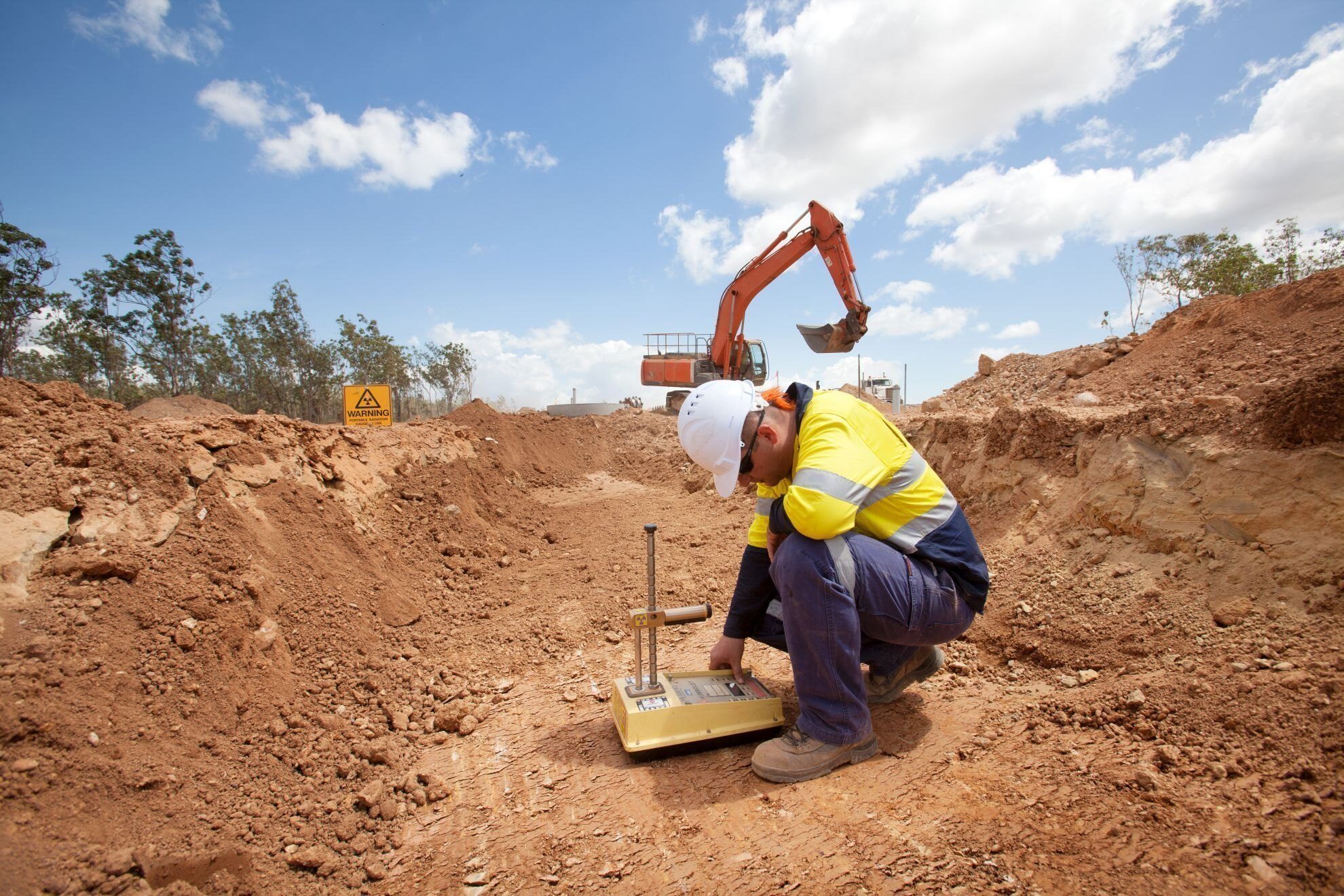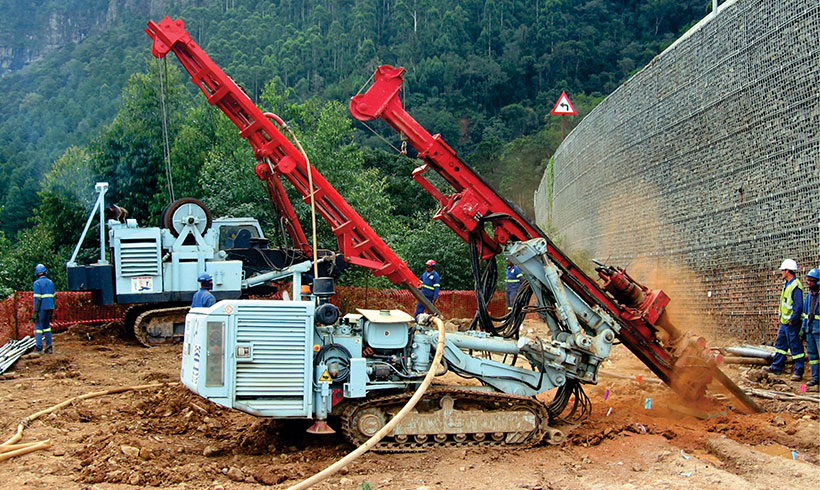9 Easy Facts About Geotechnical Engineering For Construction Projects Shown
Geotechnical Engineering For Construction Projects Things To Know Before You Get This
Table of ContentsLittle Known Facts About Geotechnical Engineering For Construction Projects.Not known Details About Geotechnical Engineering For Construction Projects The Buzz on Geotechnical Engineering For Construction ProjectsGeotechnical Engineering For Construction Projects Things To Know Before You Get ThisThe smart Trick of Geotechnical Engineering For Construction Projects That Nobody is DiscussingGeotechnical Engineering For Construction Projects Can Be Fun For Everyone
These features have to be taken a look at by geotechnical engineers to anticipate their movements under numerous situations., making this evaluation necessary.A geotechnical designer will certainly analyze dirt to determine the bearing ability of the earth and advise proper structure types, such as superficial foundations, deep structures like stacks, or specialized solutions like drifting structures for soft soils. Comprehending the features and activities of dirt and rock, along with how they interact with constructions that have been put up on or within them, is among the key explanations for why geotechnical engineering is essential.
Environmental security is accomplished through geotechnical engineering. Competence in air, water, and dirt high quality maintenance is placed to make use of by geotechnical designers to lessen the adverse effects of projects.
To sum up, geotechnical engineering is an important discipline that preserves the resilience and stability of civil facilities. Geotechnical engineers contribute to making building projects reliable all over the world by comprehending the practices of earth products and using appropriate preparation methods.
The 8-Second Trick For Geotechnical Engineering For Construction Projects
By taking a look at dirt, rock, and subsurface problems, geotechnical engineers give necessary understandings that aid in the style, building and construction, and upkeep of structures and infrastructure.

About Geotechnical Engineering For Construction Projects
Lab screening: Determining the properties of soil and rock. Field screening: Carrying out tests on-site to examine conditions. Analysis and layout: Making use of information to create structures, maintaining wall surfaces, tunnels, and various other frameworks. A number of prominent building projects have actually efficiently used geotechnical design to ensure their stability and safety. :: The globe's highest structure required a deep understanding of the underlying geology.

As a leader in geotechnical engineering, BECC Inc. is committed to delivering ingenious and effective services that meet the greatest standards of top quality and safety., a mechanical engineer and rock hound.
Our Geotechnical Engineering For Construction Projects Statements
Terzaghi also developed the structure for concepts of birthing ability of foundations, and my blog the theory for prediction of the rate of negotiation of clay layers because of combination. Later on, Maurice Biot completely established the three-dimensional soil loan consolidation concept, extending the one-dimensional model previously established by Terzaghi to extra basic theories and introducing the collection of standard formulas of Poroelasticity.
Geotechnical engineers investigate and identify the homes of subsurface conditions and products. They also develop corresponding earthworks and preserving frameworks, tunnels, and framework structures, and may supervise and assess sites, which might additionally include site monitoring along with the danger analysis and reduction of natural risks - Geotechnical Engineering for Construction Projects. Geotechnical engineers and design rock hounds carry out geotechnical examinations to get info on the physical residential or commercial properties of soil Geotechnical Engineering for Construction Projects and rock hidden and beside a site to develop earthworks and structures for proposed frameworks and for the repair service of distress to earthworks and structures triggered by subsurface conditions.
The smart Trick of Geotechnical Engineering For Construction Projects That Nobody is Talking About
Still, they are sometimes used to allow a rock hound or designer to be decreased right into the borehole for straight visual and manual assessment of the soil and rock stratigraphy. Various soil samplers exist to fulfill the needs of different engineering projects. The conventional penetration test, which makes use of a thick-walled split spoon sampler, is one of the most typical means to accumulate disrupted samples.

If the user interface between the mass and the base of a slope has a complex geometry, slope security analysis is tough and numerical option techniques are required. Typically, the user interface's exact geometry is unknown, and a streamlined interface geometry is presumed. Finite inclines require three-dimensional versions to be examined, so most inclines are analyzed thinking that they are infinitely wide and can be stood for by two-dimensional models.
The Definitive Guide for Geotechnical Engineering For Construction Projects
The empirical approach may be referred to as follows: General exploration enough to develop the rough nature, pattern, and buildings of down payments. Assessment of one of the most potential problems and one of the most negative conceivable variances. Developing the layout based upon a working theory of actions prepared for under one of the most possible problems. Choice of quantities to be observed as building earnings and determining their anticipated worths based upon the functioning hypothesis under the most unfavorable conditions.
Dimension of amounts and examination of actual problems. Design adjustment per actual problems The have a peek at this website empirical technique appropriates for building and construction that has actually already begun when an unanticipated advancement happens or when a failure or accident looms or has currently occurred. It is inappropriate for projects whose layout can not be modified during building.